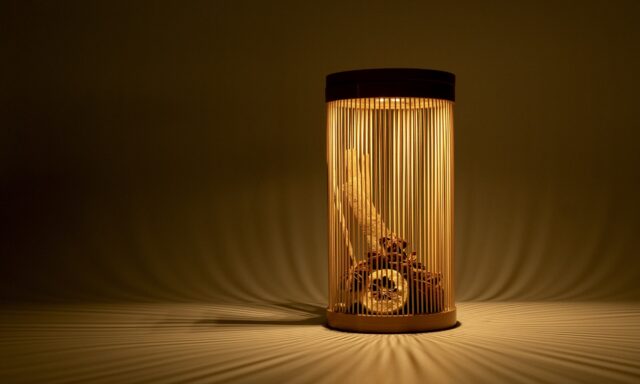Newly Launched “Yakiiro” Chopstick Rest by MIYAMA
New Products VOL.19
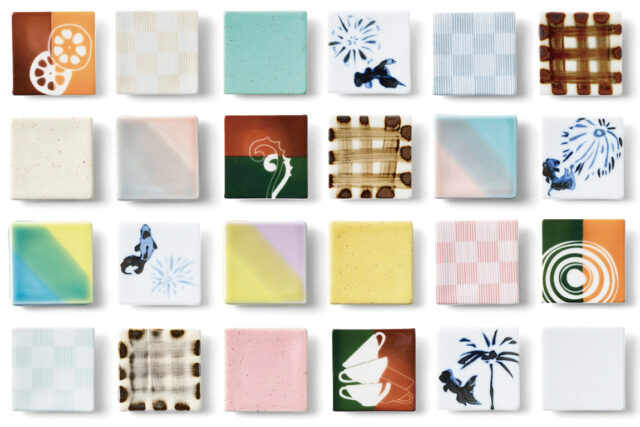

VOL.1-19
Update

VOL.1-27
Update
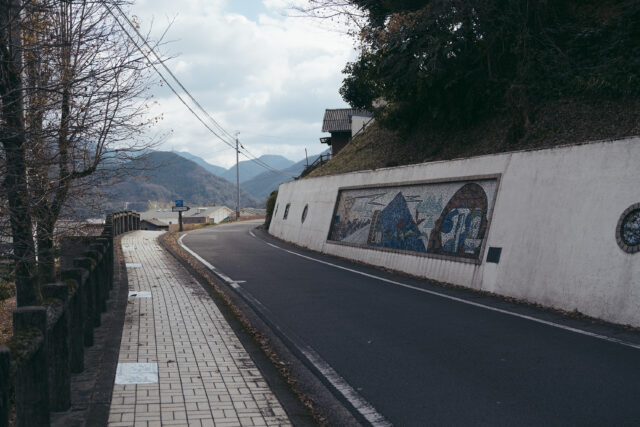
VOL.1-4
Update
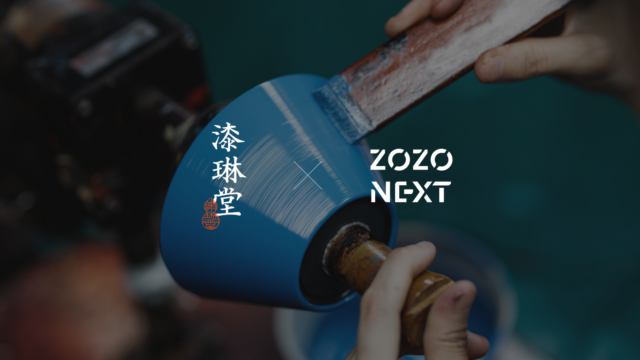
VOL.1-19
Update
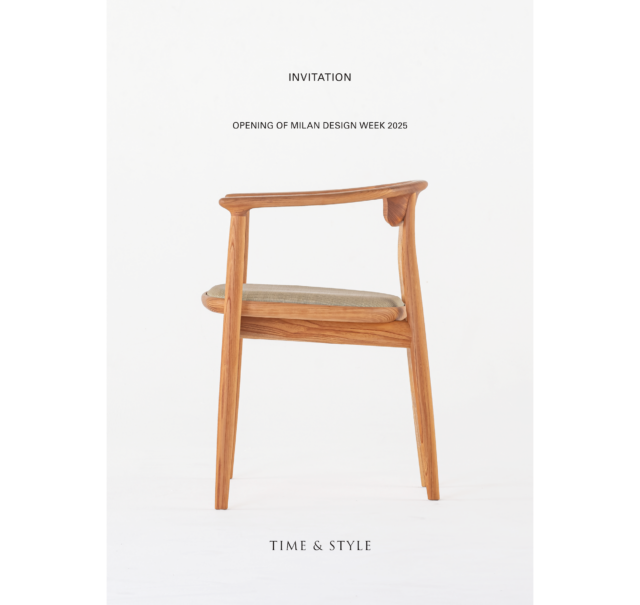
VOL.1-43
Update
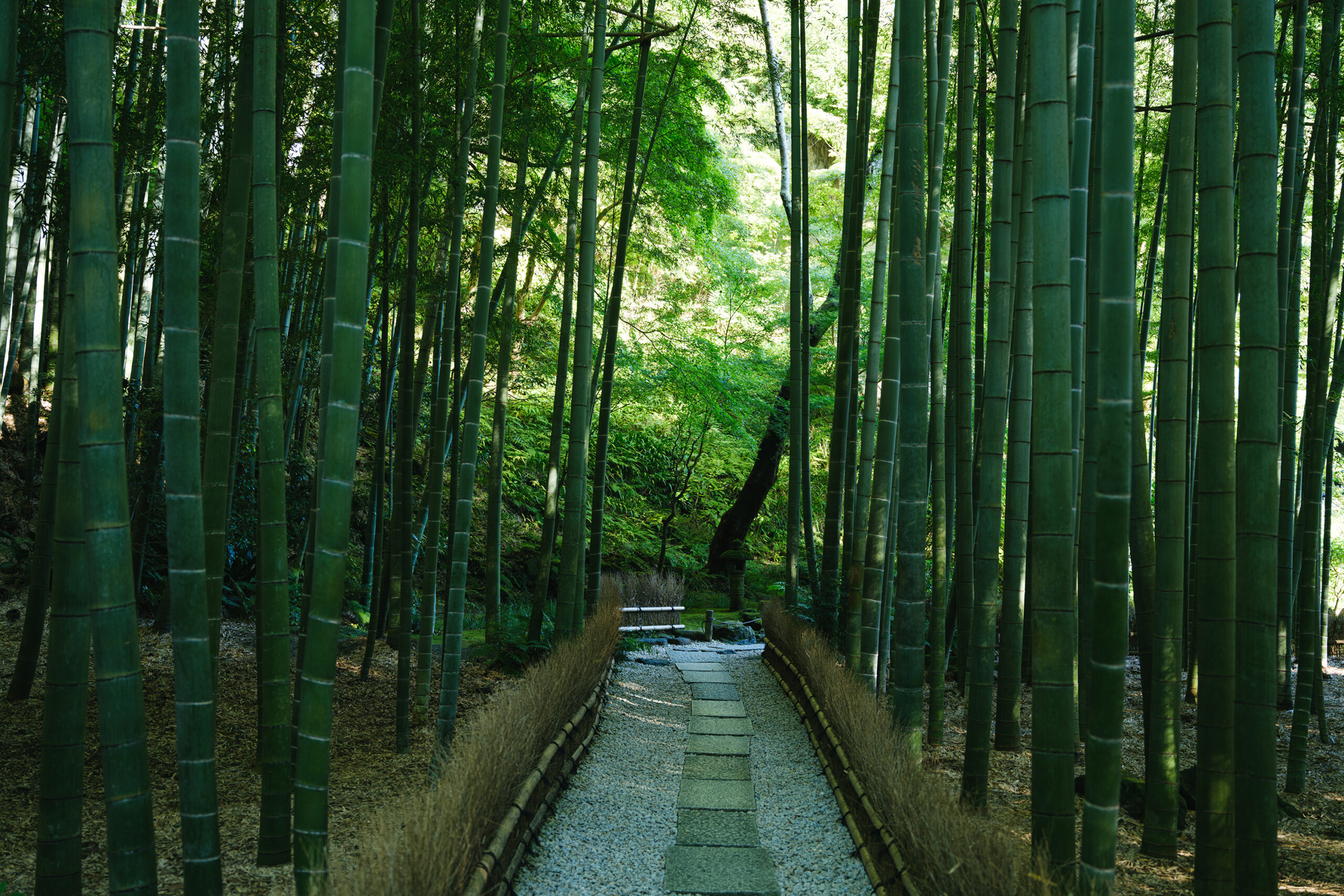
VOL.1-2
Update
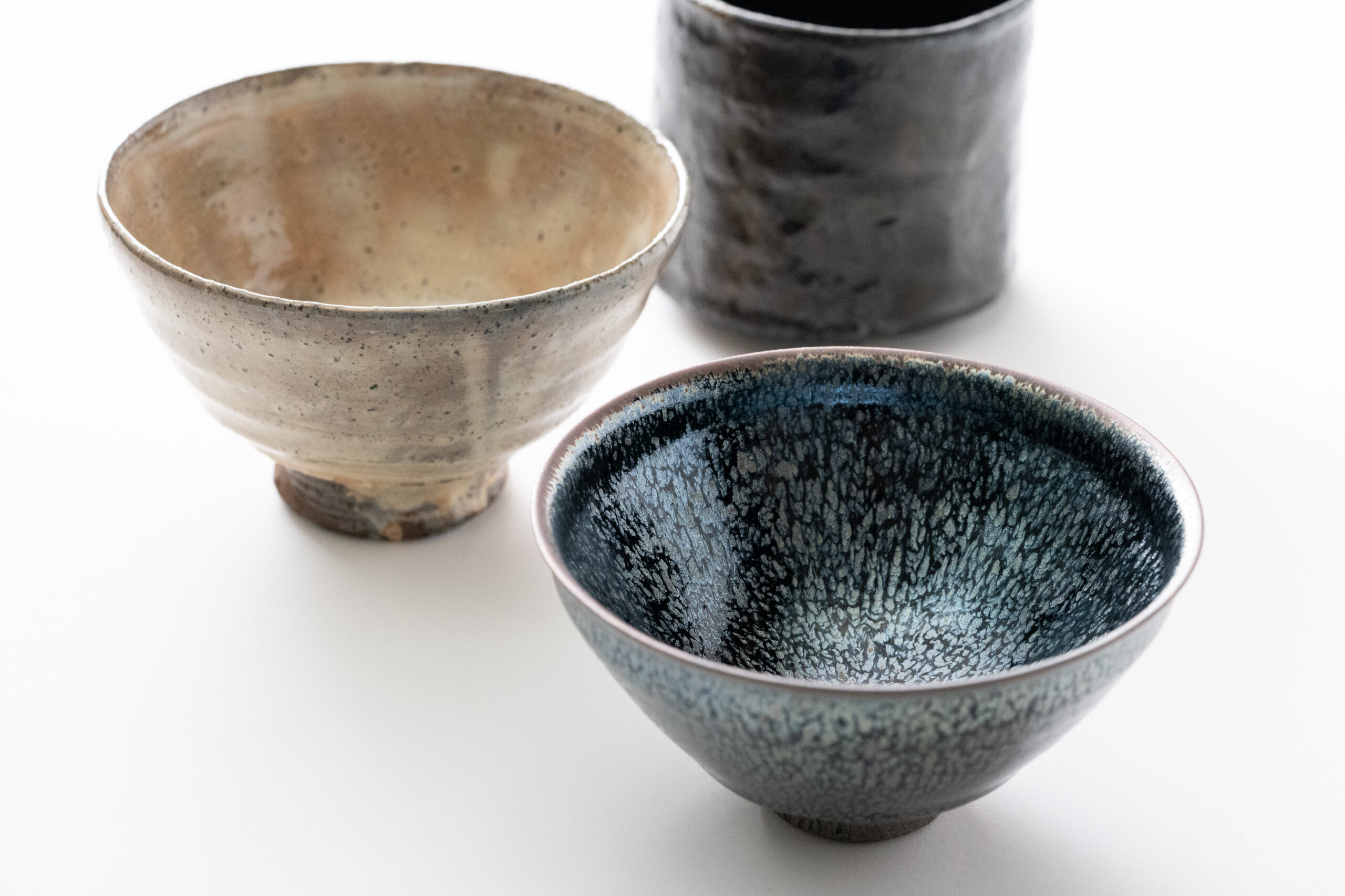
VOL.1-3
Update
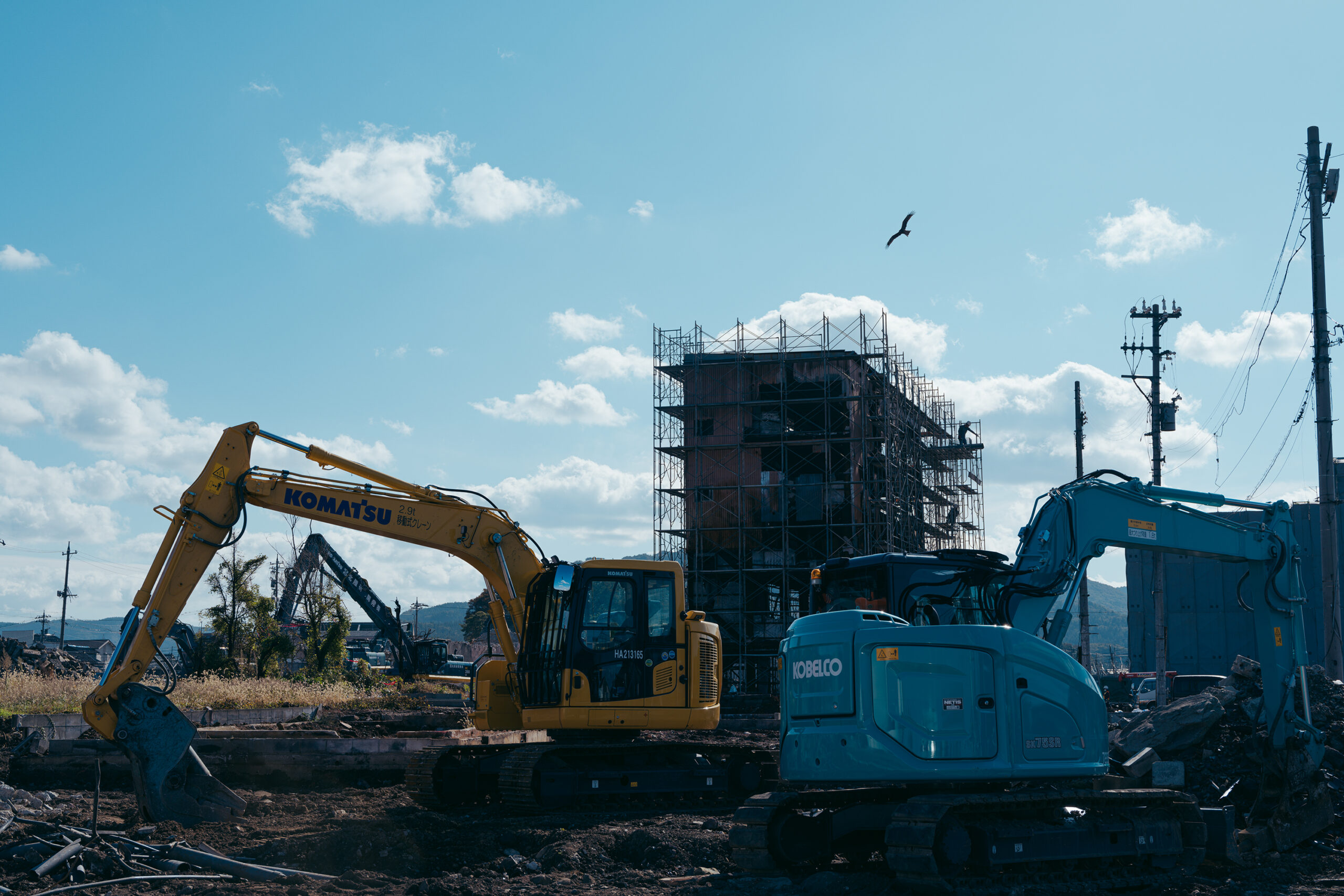
VOL.1
Update
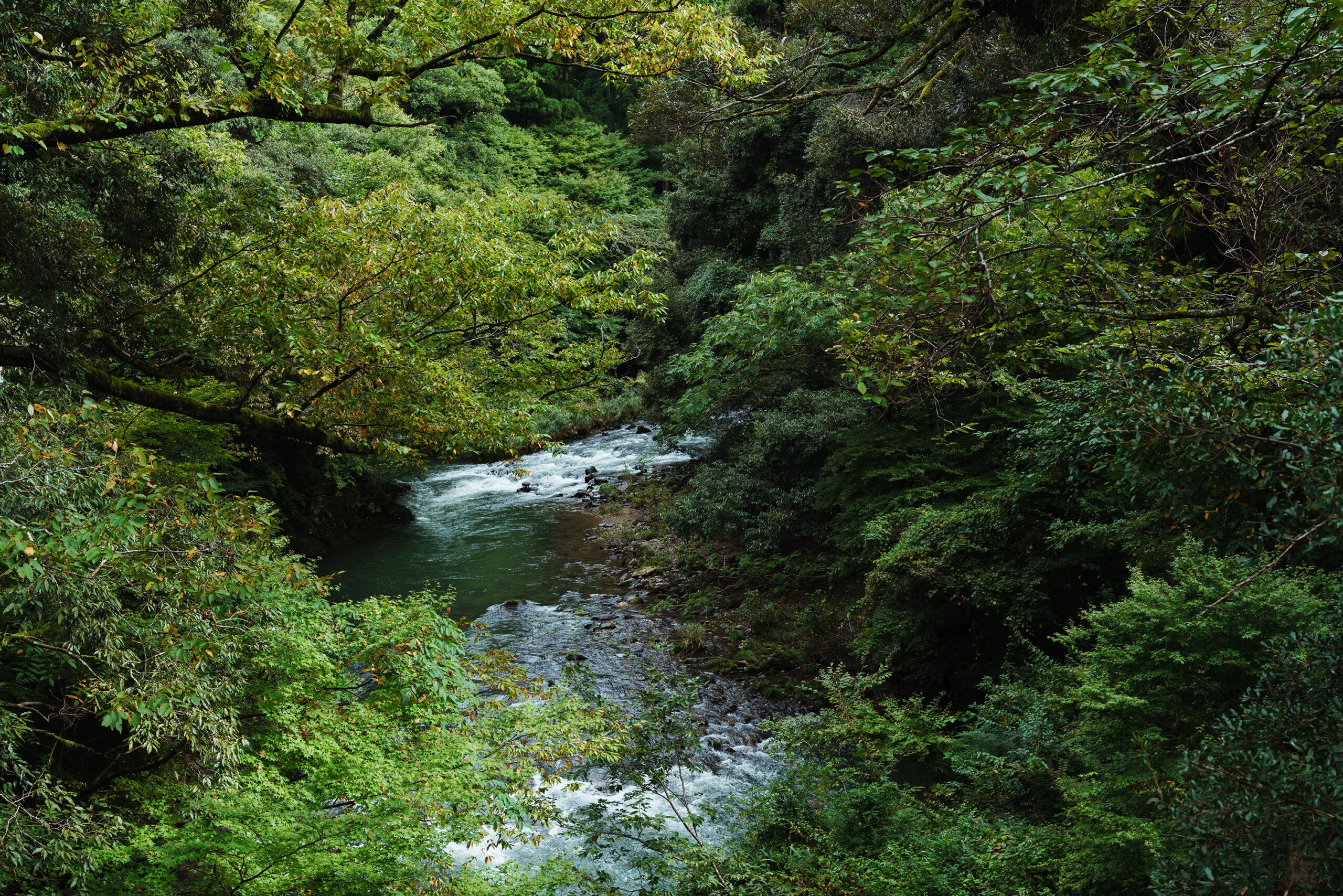
VOL.1-7
Update
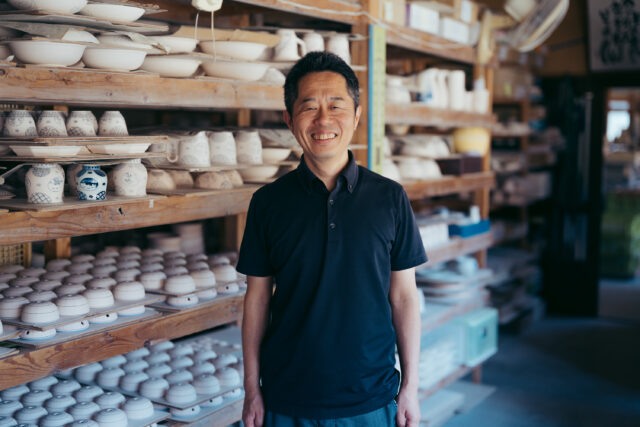
VOL.1-32
Update
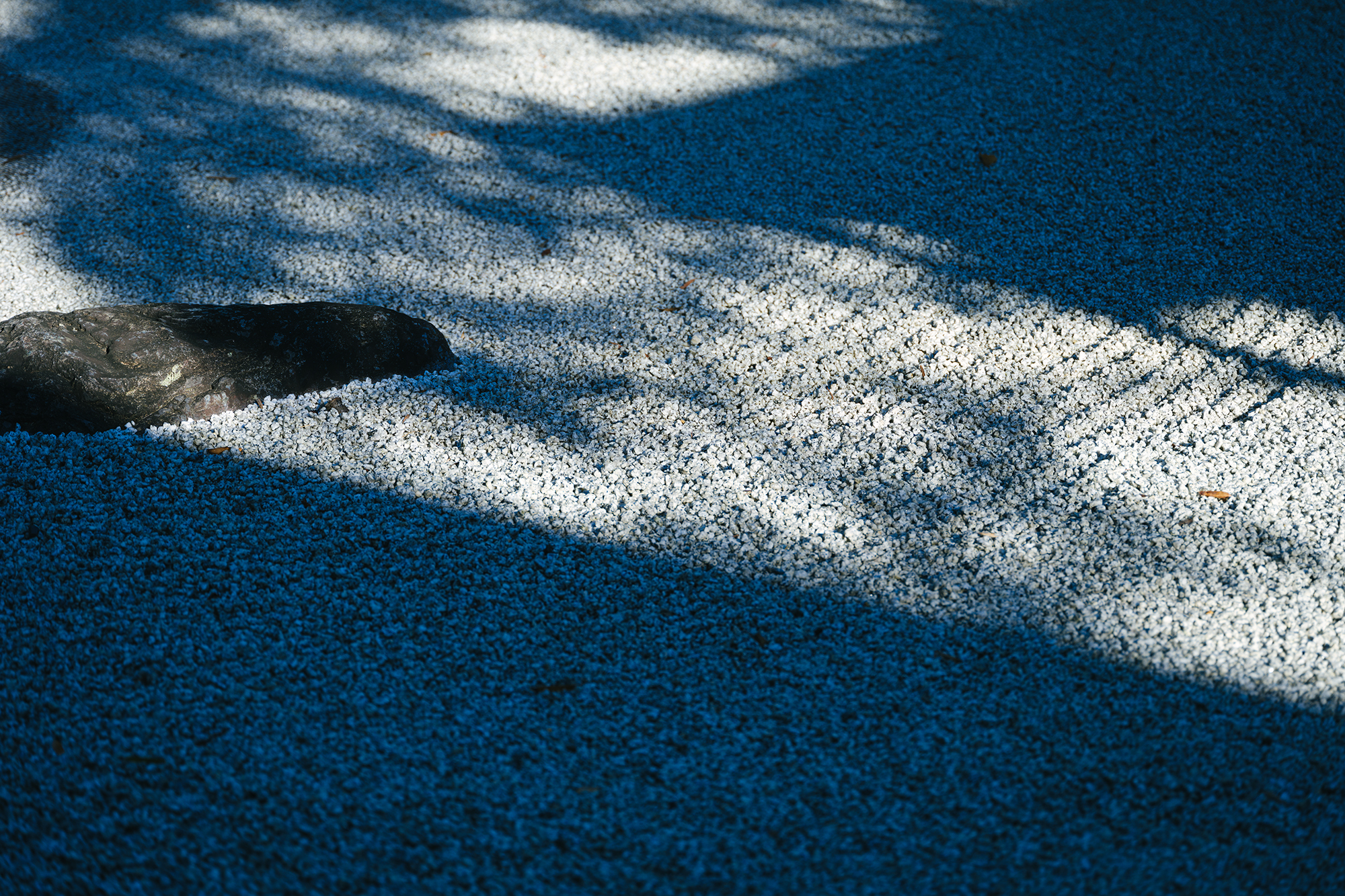
VOL.1-12
Update
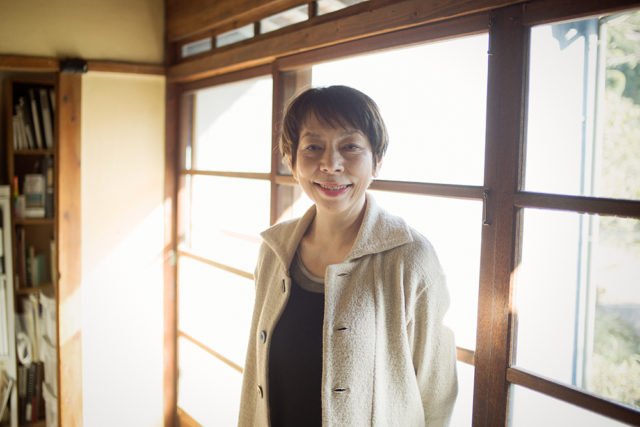
VOL.1
Update
We share a variety of information and perspectives on Japanese crafts, including exhibition information and interviews.
New Products VOL.19
Exhibition • Event Report VOL.27 AD
New Products VOL.18
Editor's Column "Craft Production Regions" VOL.4 AD
Jun 29 – Sep 7, 2025
Midorigaoka Art Museum Annex
Jul 12 – Aug 24, 2025
MIHO MUSEUM
Jul 12 – Sep 28, 2025
Bizen City Museum of Art
Ishikawa
Jul 12 – Oct 19, 2025
Notojima Glass Art Museum
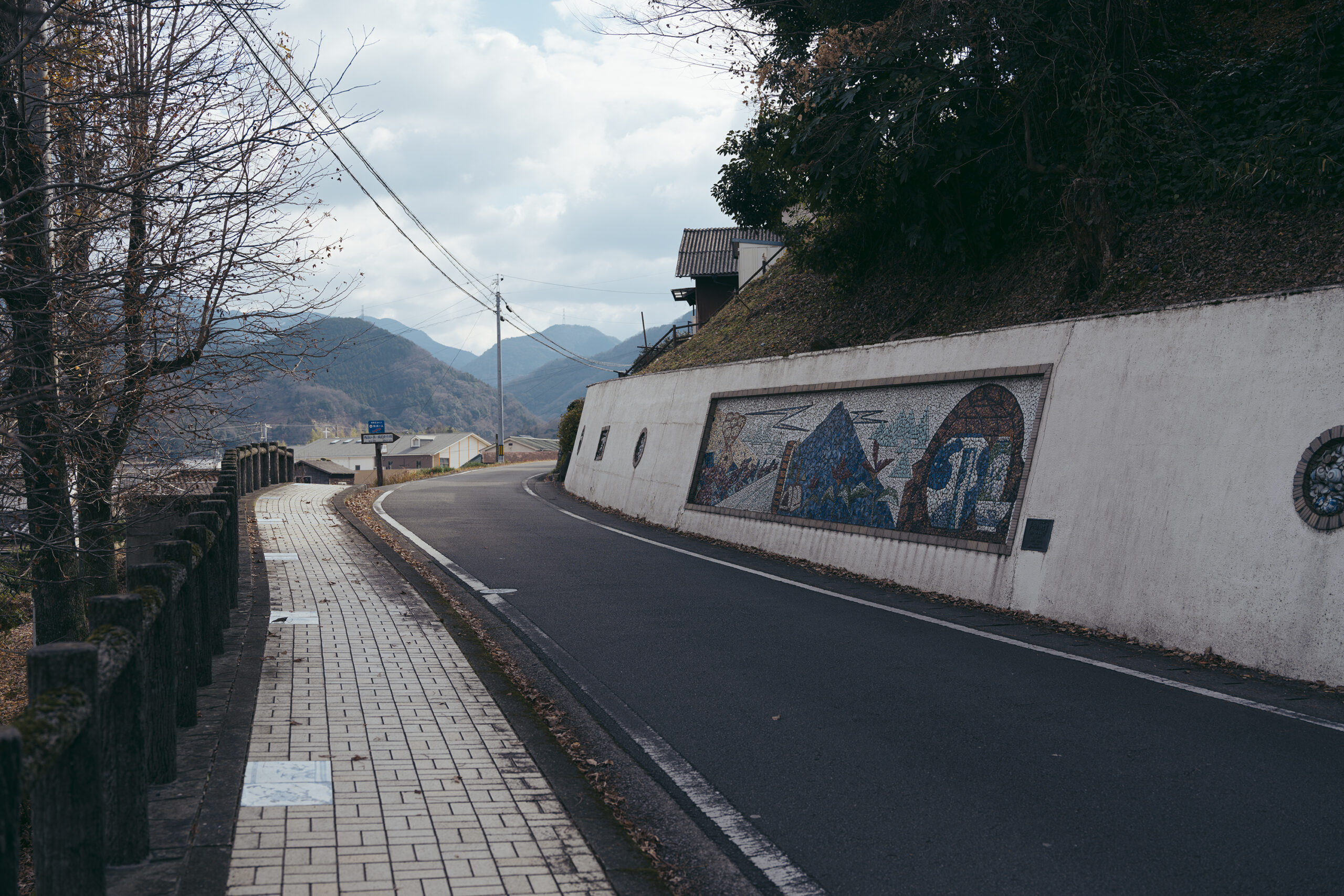
In recent years, collectors from abroad have begun to look at Shigaraki ware with keen interest, rediscovering the appeal of traditional unglazed yakishime style Shigaraki ware – and not just the tanuki figurines mentioned at the beginning of this article. Shigaraki is one of Japan’s six major historic ceramic kilns, known as the “Six Ancient Kilns,” and its origins date back to the late 13th century. Blessed with high-quality clay from the Lake Biwa Formation* and influenced by Tokoname, which is said to be the oldest of the Six Ancient Kilns, Shigaraki jars and bowls were first made in ana-gama kilns. The presence of large demand centers such as Kyoto and Osaka nearby has helped the entire production area to flourish through the production of a variety of daily-use wares up to the present day.
From the Muromachi (1336 – 1573) to the Momoyama (1573 – 1603) periods, tea masters came to see sense of beauty called “mitate” in the way these daily utensils were used. For example, a medium-sized jar called an uzukumaru used for storing grain could be used as a flower vase, while a tub filled with ramie threads known as an onioke could be used as a water container for the tea ceremony. Shigaraki ware from this period is called “Ko-Shigaraki,” and is also well known as “Joo Shigaraki,” which was made by the late Muromachi period tea master Joo Takeno (1502–1555), who loved Shigaraki ware and commissioned numerous pieces there.
Traditional Shigaraki ware is usually involves several days of firing in a wood-fired kiln. The main draw of Shigaraki ware are the rough surface with its mix of white feldspar grains and the wild impression created by unpredictable yohen effects in the kiln during firing. The natural glaze formed from melted ashes that fall in the kiln; the scarlet color that seems to reflect the flames; and the stone bursts, tears, and distortions that seem to tell the story of the rigorous firing process are the most striking features of this pottery. Ken Domon, one of the most famous photographers of the Showa period (1926 – 1989), commented in the postscript of his book Shigaraki Otsubo (The Large Jars of Shigaraki) as follows:
“No other Japanese pottery, and perhaps no other pottery in the world, preserves the struggle between clay and fire as well as the Shigaraki otsubo.”
Although the demand for unglazed ceramics declined after the Edo period (1603 – 1868), Ko-Shigaraki ware came back into the limelight in the Showa period (1926-1989). In the 1970s, under the influence of Rakusai Takahashi III and Naokata Ueda IV who worked tirelessly to reproduce Ko-Shigaraki techniques, ceramic artists who inherited traditional Shigaraki ware techniques began to actively revitalize the style. Today the next generation, those born after the 1970s, are attracting attention as young mid-career potters. Shigaraki ware’s unique character, which strongly reflects the taste of the clay and the power of the flames, still captures people’s hearts, just as it did for the tea masters of the past.
* It is said that an ancient lake, the precursor of Lake Biwa, which had been located near Iga about 4 million years ago, moved north to its present location about 400,000 years ago. The present Shigaraki ware production area is located on high-quality clay deposited by the lake, known as the “Old Lake Biwa Formation.”
Reference
